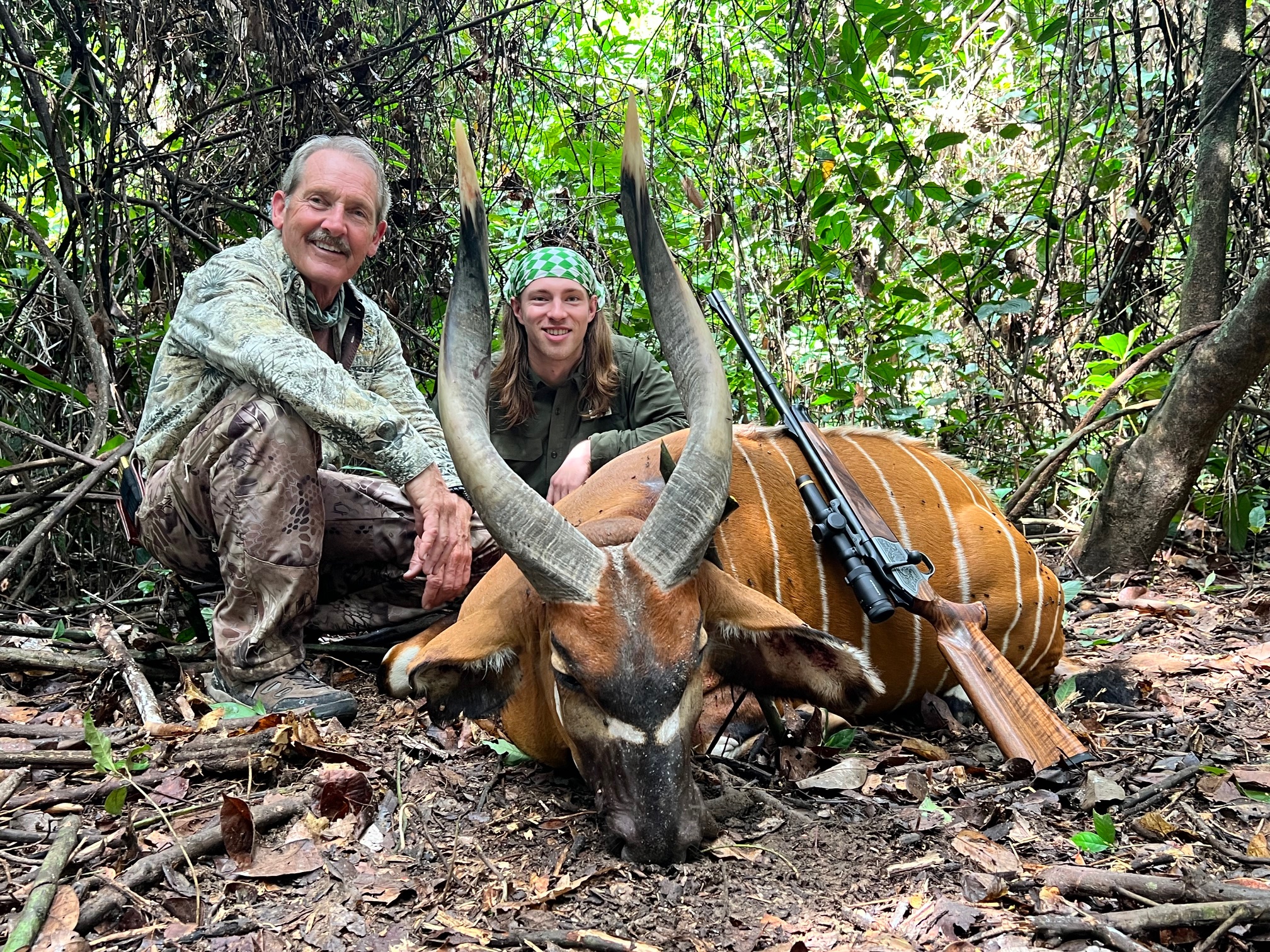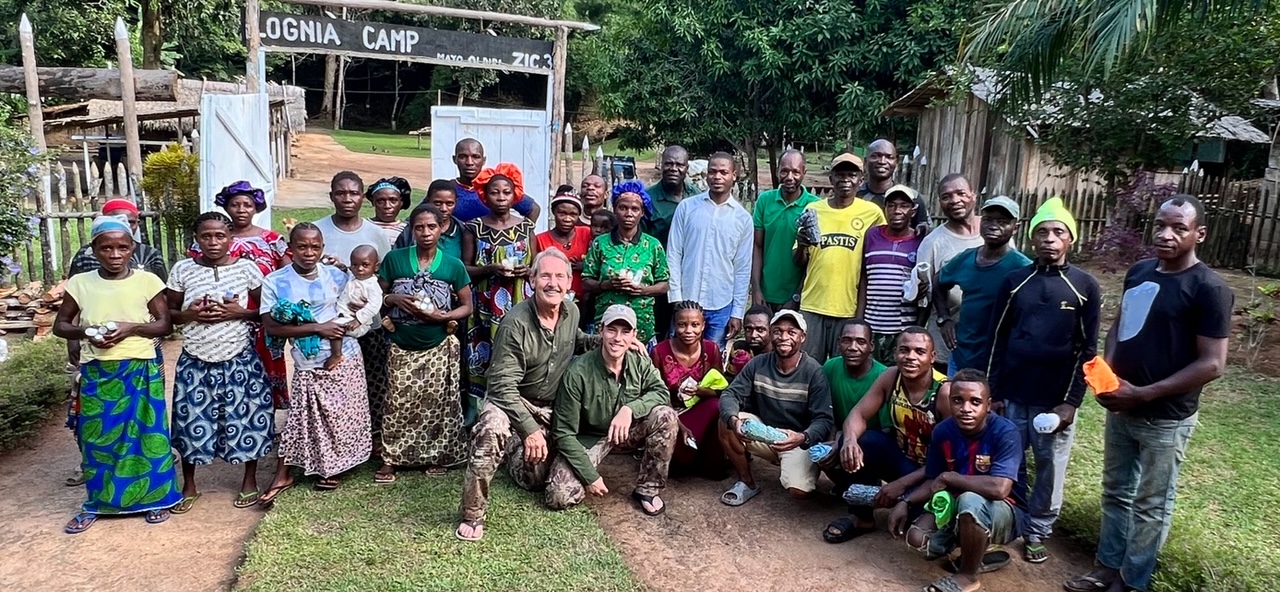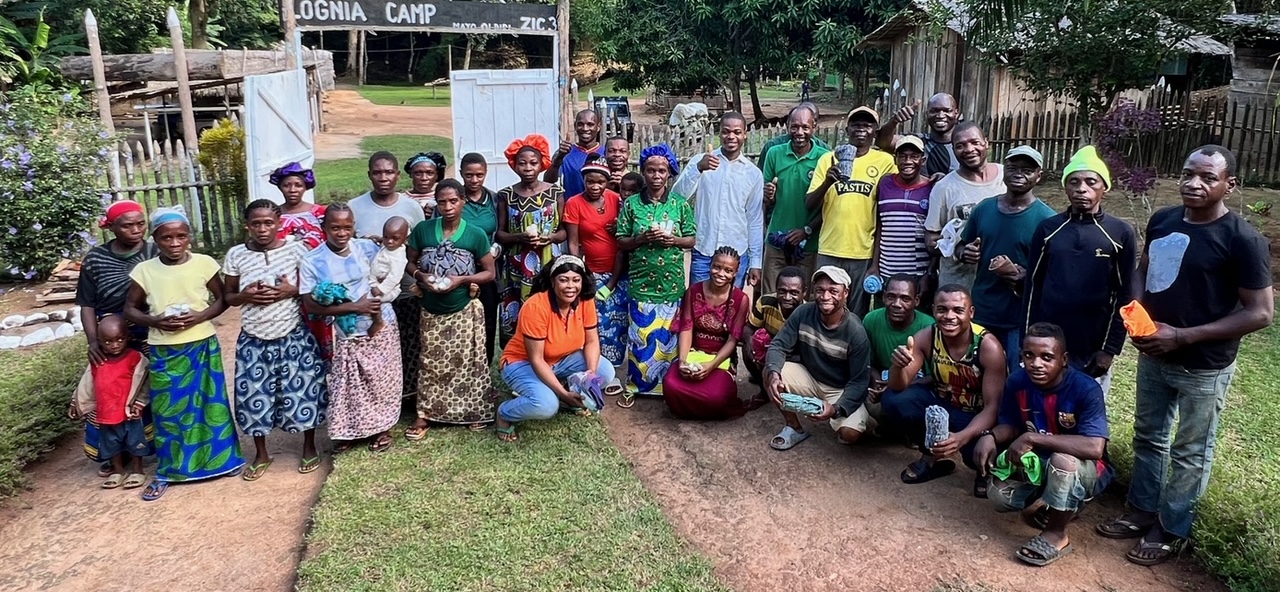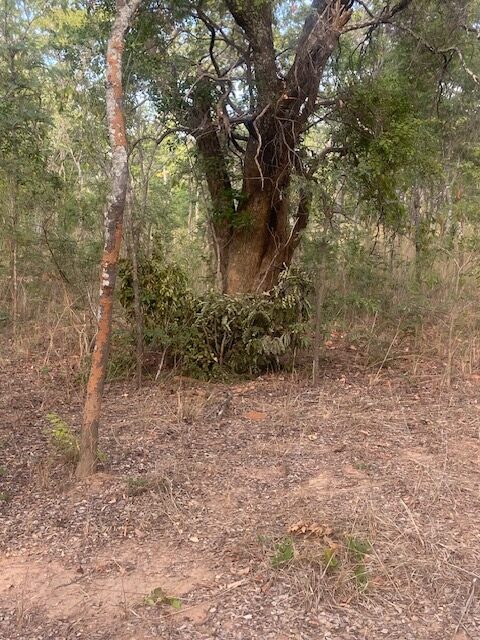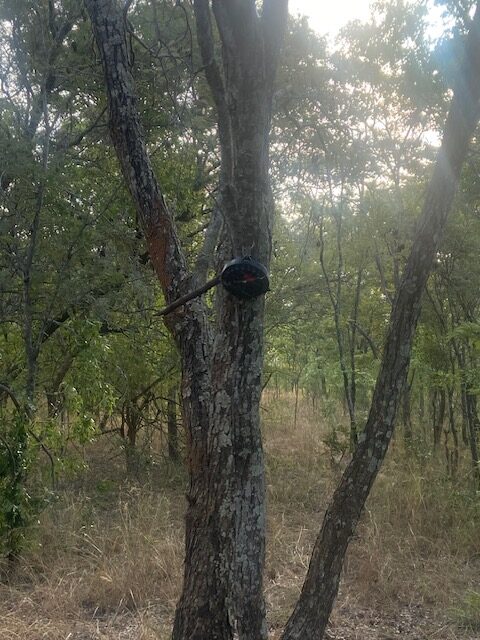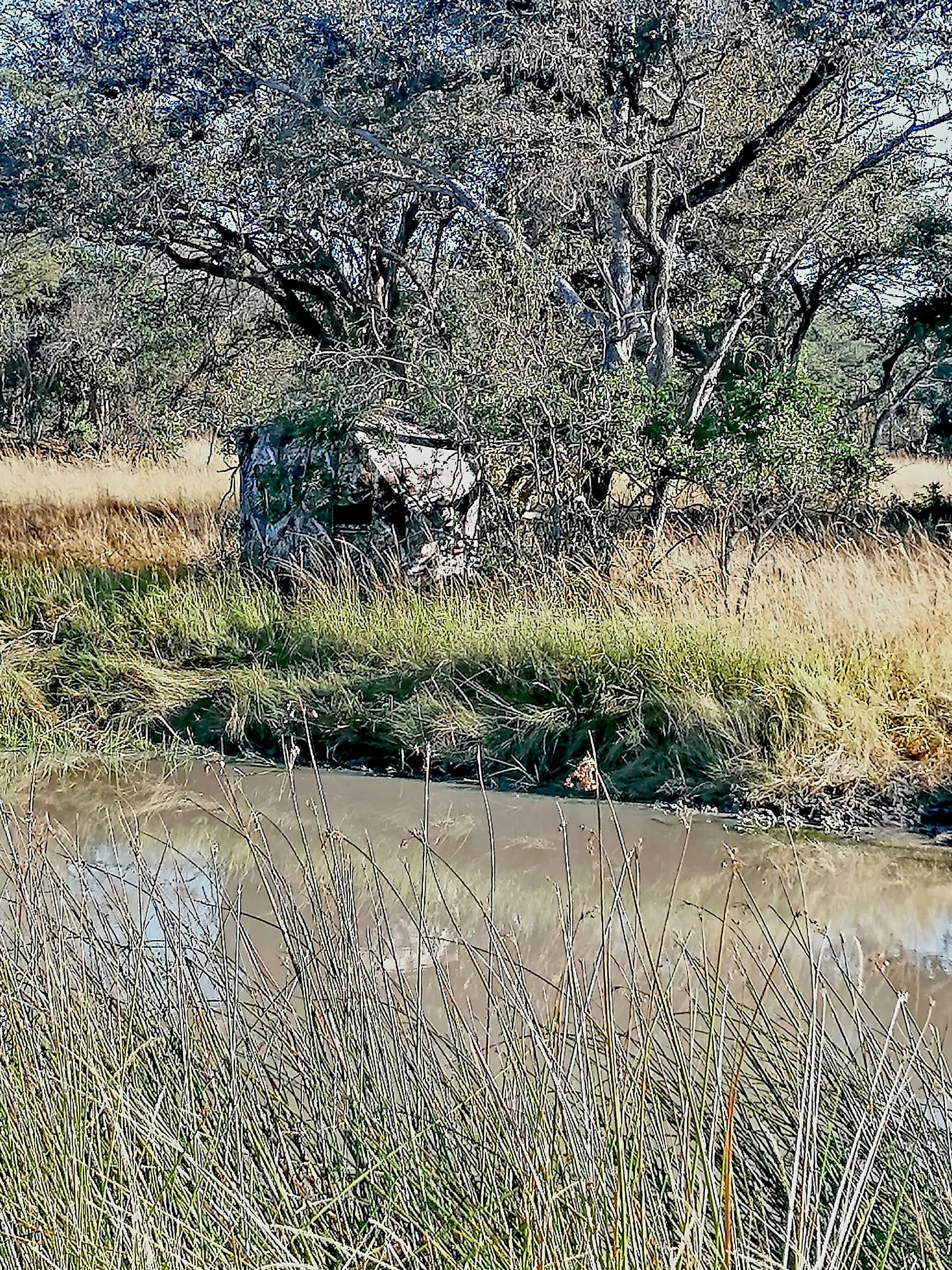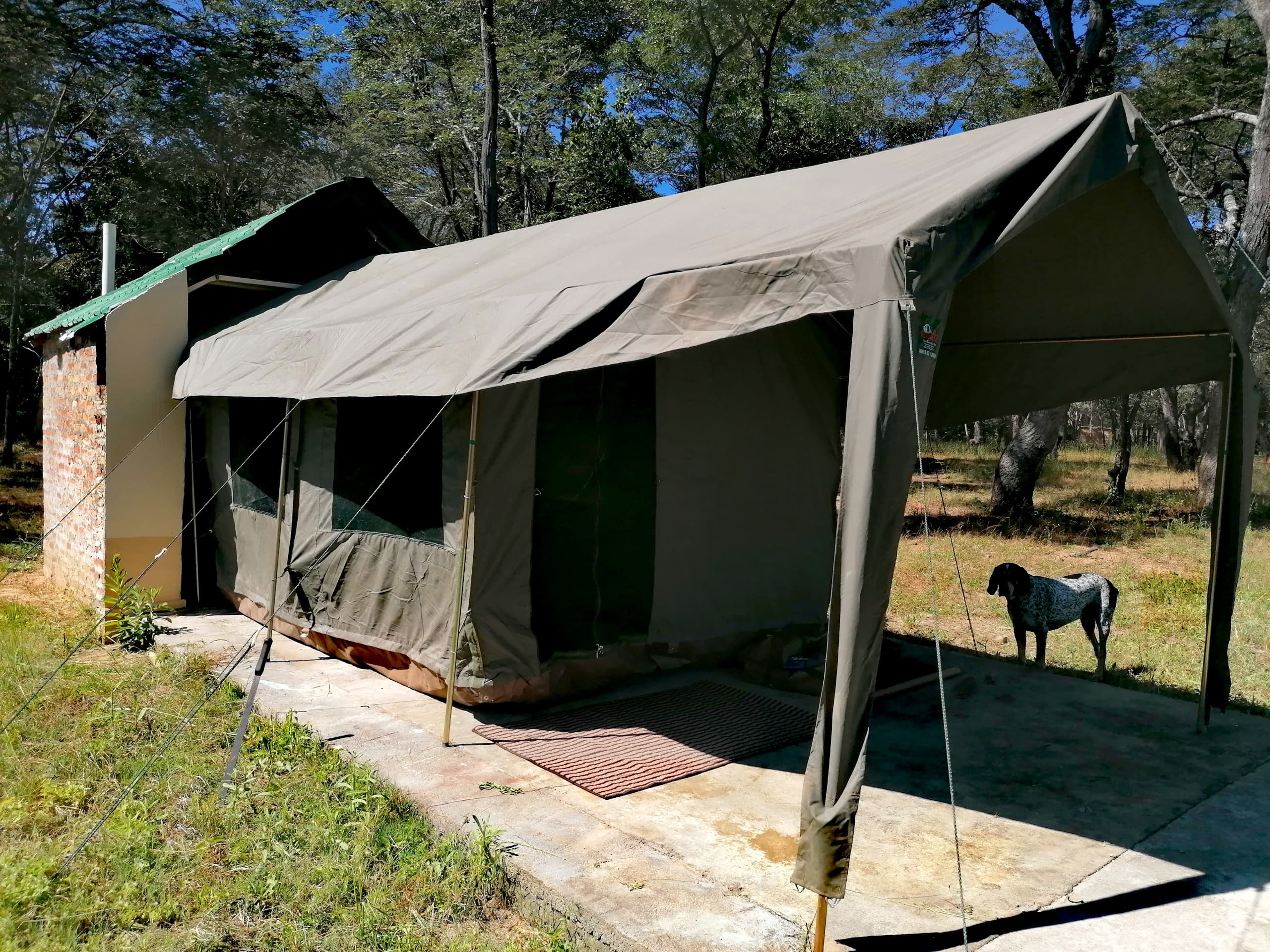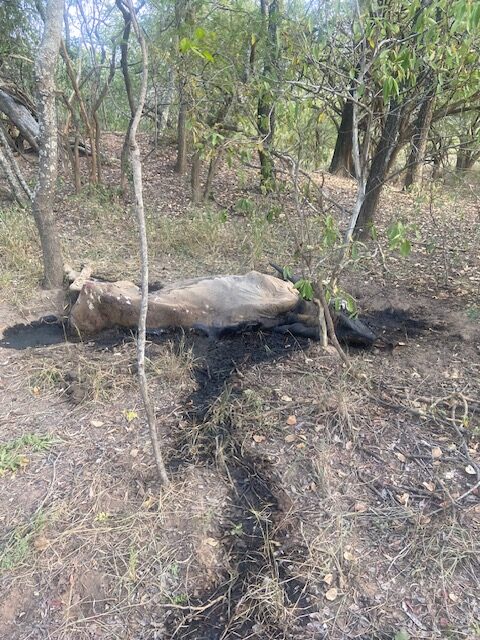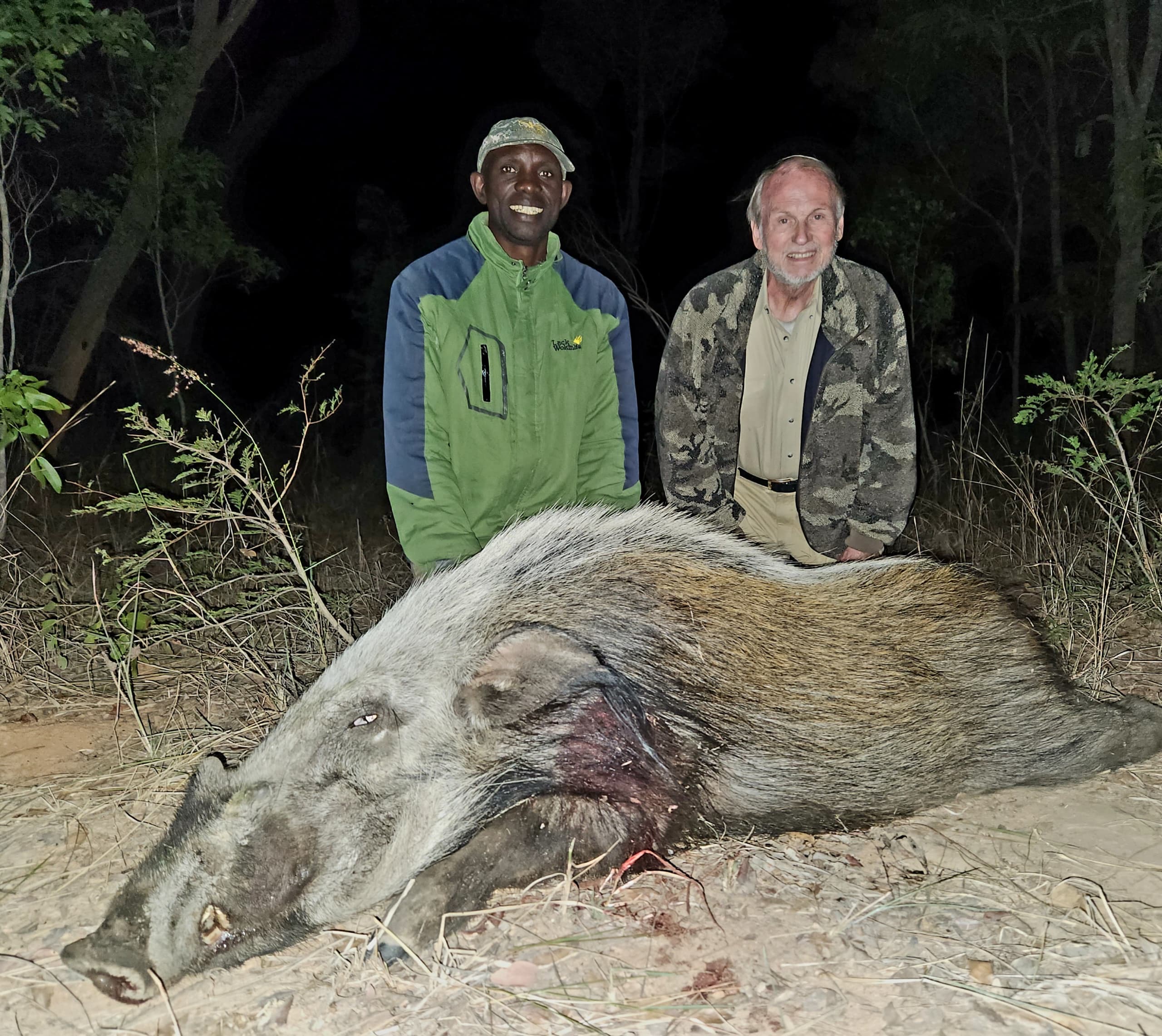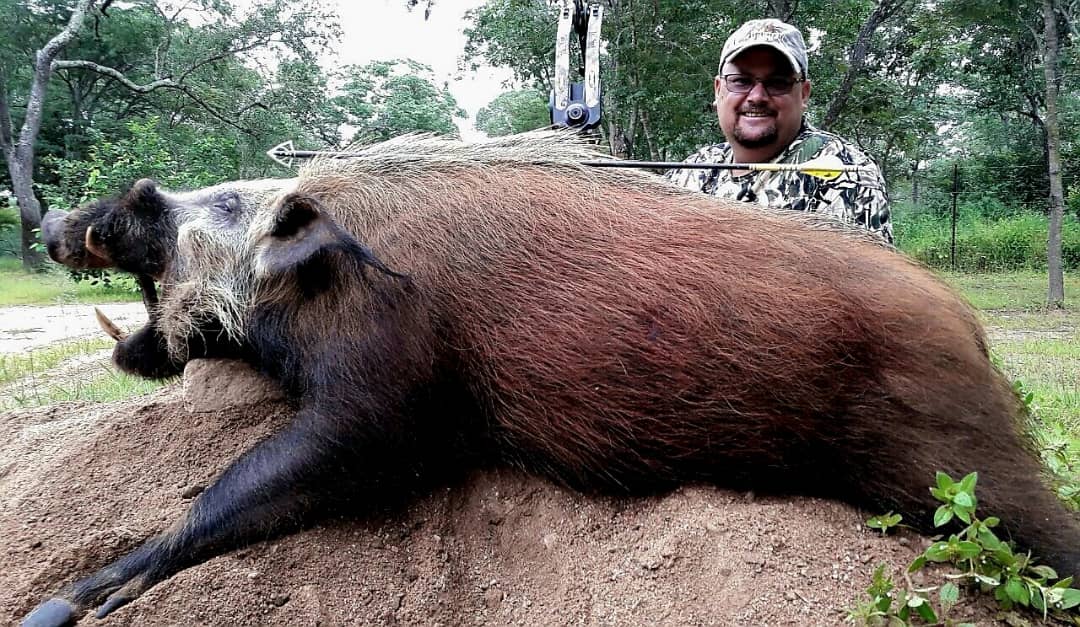By Terry Wieland
The Travelling Library
Blood, sweat, gun oil, dust and ashes
When Theodore Roosevelt made his celebrated safari through East Africa, more than 110 years ago now, he took with him a veritable mountain of equipment. From rifles and ammunition to his tailor-made safari outfits and jars of pickles and horseradish, everything that accompanied TR has been meticulously listed and analyzed — and, it must be said, ridiculed — but those were different times.
When one set out from home by steamship, expecting to be away a year or more, with no limit on baggage, travelling into the unknown — in Roosevelt’s case, at least — one tended to err on the side of caution and take not just one of everything, but back-ups as well. Roosevelt was a prodigious reader, a man who studied anything and everything. The prospect of finding himself bookless in a savage and illiterate land was horrifying, so it’s not surprising that one entire trunk was given over to what became known to history as the “Pigskin Library.”
This collection contained 59 volumes, all bound in pigskin for durability. “They’re meant for reading,” Roosevelt growled, and read they were. In African Game Trails, he noted that he always had a book with him, in his saddlebags or cartridge box, and would sit reading wherever he found himself with a few minutes to spare, throughout the day.
The Pigskin Library was carried in a large box of aluminum and oilskin, and it took two men and a boy to lift and carry it. Among the titles were the King James Bible, Shakespeare, Marlowe, and the Niebelungenlied. He had Thucydides on The Peloponnesian War, Captain Mahan on Sea Power, Carlyle on Frederick the Great, Francis Bacon’s Essays, and The Federalist. Homer was present with the Iliad and the Odyssey. There were three volumes of Macaulay on history, Milton’s Paradise Lost and Dante’s Inferno. Novelists? Twain (2), Thackeray (2), Dickens (2), and Sir Walter Scott (5). Poets? Longfellow, Spenser, Tennyson, Shelley, Emerson, Poe, Keats, and Browning. After lunch in the field, in the shade of an acacia, he could delve into anything from The Song of Roland to Bret Harte’s Luck of Roaring Camp. Theodore Roosevelt was a man of varied and voracious tastes. He led what he called “the strenuous life,” and serious reading was a major part of it.
Later, he wrote that the pigskin bindings became stained with “blood, sweat, gun oil, dust, and ashes,” but instead of becoming “loathsome” as would a conventional binding, or distintegrating altogether, they “merely grew to look as a well-used saddle looks.” To those who love leather — and which of us doesn’t? — that says everything.
Other African travellers followed Roosevelt’s example, although they probably would have taken books with them anyway. Ernest Hemingway and Robert Ruark both mentioned their reading material in their own, later books about their own, later safaris. Hemingway’s reading was less exalted, tending to recent novels, while Ruark’s was downright plebeian: His favorite reading material during a warm afternoon, waiting for a kudu to peek out from the bushes, was Dashiel Hammett and similar purveyors of sex, crime, and gore.
It has long been my practice, when I’m getting ready for a trip somewhere to hunt something, to get myself in the mood by reading about it ahead of time. If I’m going to Tanzania to hunt Cape buffalo, it will be Ruark or John Taylor; if it’s bobwhite quail in Georgia, I might read Havilah Babcock, and for brown bear in Alaska, Frank Hibben’s stories about Allen Hasselborg on Admiralty Island.
When the time comes to board the plane, or point the car west, I’ll be carrying books related to where I’m going, and what I’ll be doing. In 1988, heading for Alaska to hunt brown bear from a boat in Prince William Sound, I took an anthology of Jack London’s stories about the Klondike. On that trip, it rained for 21 days out of 23, including 19 days straight. I clearly remember being in the cabin of the boat, with rain pounding on the deck and bouncing off the grey surface of the sea, with a cup of steaming coffee, warm and dry and leading the life I’d always dreamt of.
Two years later, when I went back to hunt Dall sheep in the Chugach Mountains, I took Jack O’Connor’s Sheep and Sheep Hunting. We had a base camp that consisted of a tent, two cots, a Coleman stove, and a buried cache of moose meat. We flew in, one passenger at a time, on a Piper Cub that bounced in to land on a gravel bar, brushing the alders with its wingtips. Weight was at a premium and we counted every ounce, but O’Connor in hardcover repaid the effort.
Roosevelt obviously read for enlightenment as much as enjoyment, while Ruark read for escapism; as for Hemingway, a day without words was simply unimaginable. My approach is a little different. I read ahead of time to get myself into the right frame of mind — a fever pitch of enthusiasm is the actual goal — and I read while I’m there to remind myself that I’m leading the life I always wanted and now, in some ways at least, I have.
For years, my inseparable companion on trips to Africa was the Complete Short Stories of Ernest Hemingway. That’s one book I’ve read cover to cover to cover, and some favorites like The Undefeated or Snows of Kilimanjaro I’ve read fifty times or more. Yet, those two stories particularly I can always read again and always, it seems, get something new out of them. That, I think, is the secret of any travelling library: It should contain books you can read and re-read, and never tire of, and always learn something. Sometimes, what you learn is that from the vantage point of more advanced years, you now see things differently.
One of my recurring nightmares is of being marooned somewhere with no books. In 1990, my old pal Michael McIntosh was on his way east from Missouri when he blew an engine in Terre Haute, Indiana, and found himself holed up in a motel for three days with nothing to read. It was a “no pets” establishment, and he had his dog with him. He was able to smuggle her into the room, but she would start to bark if he left her alone, so there he sat — for three long book-starved days. Figuring he’d been given a foretaste of Purgatory, if not actual Hell, he thought the experience might lead him back to religion. Instead, it led him to assemble an emergency survival kit of two bottles of Scotch and several volumes of Faulkner, and this became his constant companion on all future trips.
Regardless of how short any outing is planned to be, untoward things can occur (as witness Michael in Terre Haute). One book I am able to reread endlessly is Hemingway’s A Moveable Feast, and I still have the little Bantam paperback I bought in 1966. Not quite pigskin, but in those days they made paperbacks to last. It literally fits into a pocket of a safari jacket, and has been places even Hemingway never thought of going. It’s gotten me through sleepless nights in cheap motels from Sault Ste. Marie to the New Garden in Nairobi; it’s been read by candlelight in the Okavango, and on the night train to Inverness.
As I write this, I’m preparing for a quick visit to the surgeon’s knife to replace a hip that backpacked up too many mountains and ran too many marathons. I mentioned this to a friend, and told him I was trying to decide what books to take, in case I was in there longer than expected. “Oh, you won’t need books,” he said, “All those rooms have TV sets.” He might as well have told me it would be equipped with a team of inquisitors and a rack.
Because of my penchant for working up enthusiasm through reading, for the last couple of years I’ve had to avoid Jack O’Connor and Robert Ruark. I did not want to start shedding tears for being (temporarily) unable to climb mountains or chase kudu through the thornbush. Since I am now assured that hip replacements and backpacking up mountains go together like gin, tonic, and a slice of lime, I’m thinking that Horn of the Hunter would be a good one to take, along with an O’Connor anthology.
But, I also have a couple of new ones to try: two autobiographical anthologies by John Hewitt, my old acquaintance from my early days at Gray’s Sporting Journal, as well as Steve Bodio’s A Sportsman’s Library. The danger with reading Hewitt is that laughing will be too painful, while Bodio will simply make me feel inadequate, as usual. Neither is exactly Thucydides, but the great Greek contributed this gem of wisdom already: “The strong do what they have to do; the weak accept what they have to accept.” No wonder he was in the Pigskin Library.












